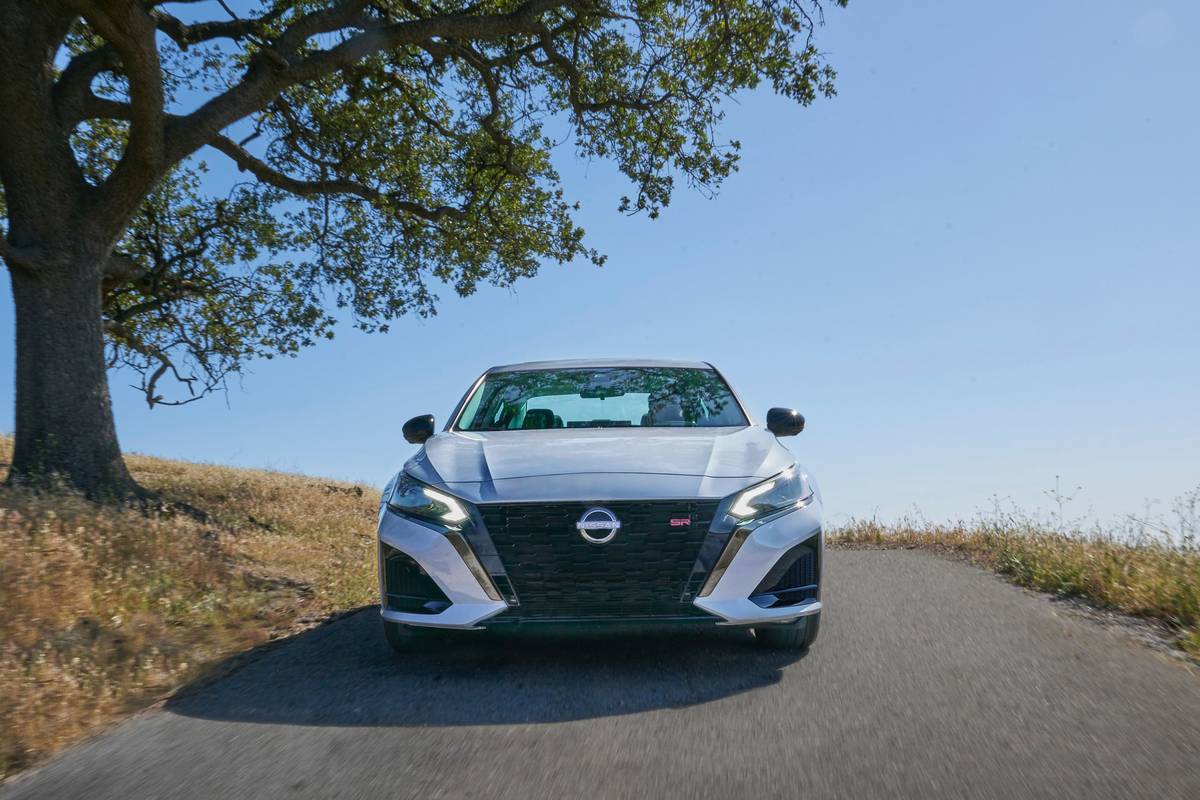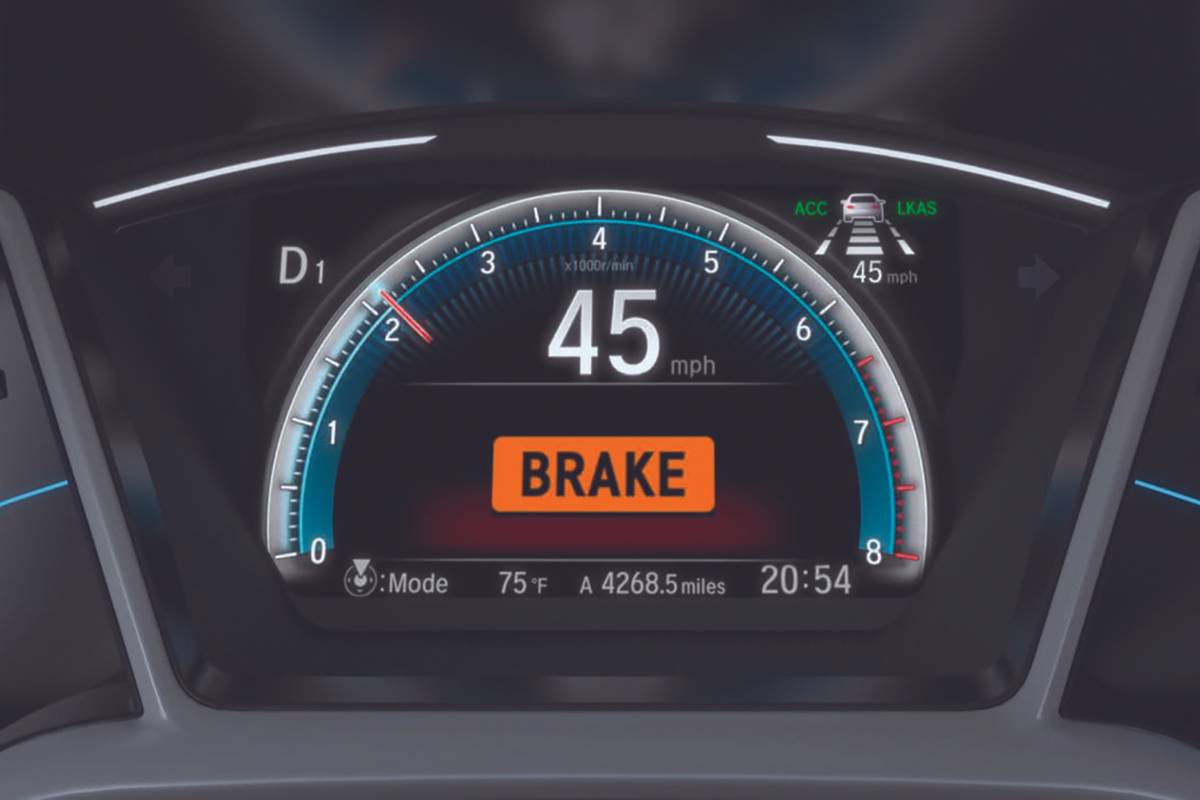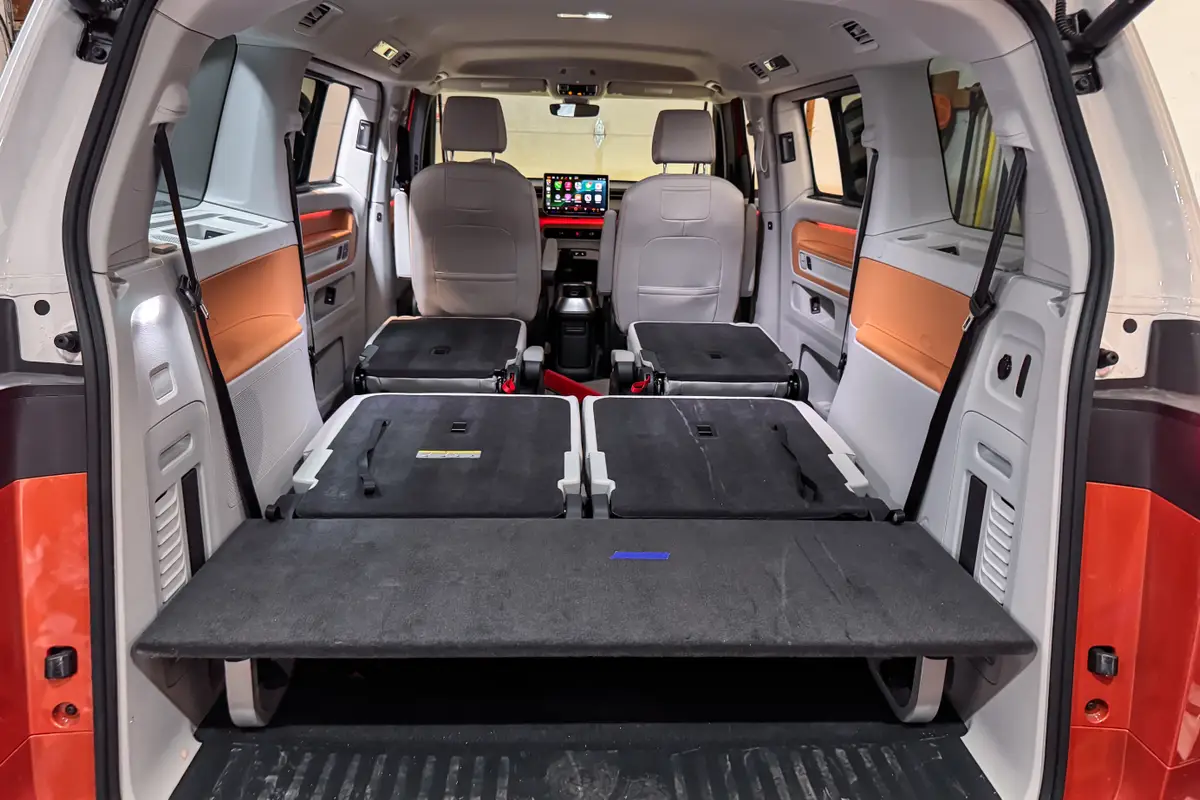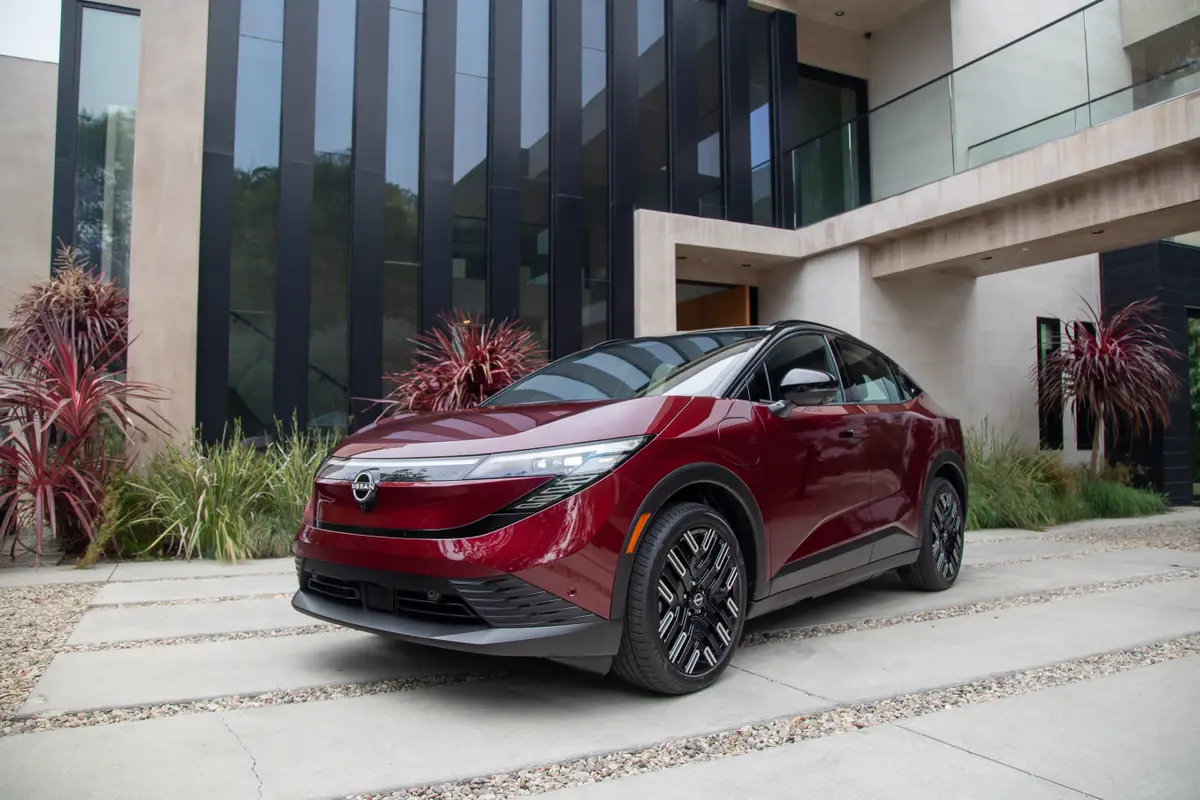IIHS Confirms 3 More Automakers Make Automatic Emergency Braking Standard

Automatic emergency braking has rapidly become a crucial safety feature in many vehicles. But while the technology has been added to more vehicles in the past few years, universal adoption of the feature has remained elusive. However, the Insurance Institute for Highway Safety and the National Highway Traffic Safety Administration have confirmed that three more automakers — Stellantis, Mitsubishi, and Nissan/Infiniti — are now fulfilling their pledge to make the technology standard on 95% of their light-vehicle offerings.
Related: Study: Automatic Emergency Braking Reduces Rear-End Crashes for Pickup Trucks, But Few Are Equipped
What Is Automatic Emergency Braking?
AEB is a crash prevention technology that notifies you of an impending impact via an audio or visual indicator before applying the brakes automatically if you don’t respond (or if you don’t apply the brakes hard enough). The system achieves this by processing data gathered from sensors and cameras to determine how far away a vehicle or object is before starting the warning procedure. Many recent systems have also incorporated pedestrian and cyclist detection into their arsenal of capabilities, with an internal computer processing images from cameras.
While these systems are far from perfect, they have played a role in reducing crashes and have rapidly become a core piece of equipment in many safety technology packages offered by various automakers. A study that featured GM vehicles equipped with the AEB and forward collision warning confirmed that both technologies helped reduce police-reported front-to-rear crashes of all severities by 43% and the same category of crashes with reported injuries dropped by 64%.

A Step Closer to Universal Adoption
Stellantis, Mitsubishi and Nissan/Infiniti join a growing pool of automakers that have reached the 95% threshold for the adoption of standard AEB technology. Automakers that have already met this threshold are Audi, BMW, Ford/Lincoln, Honda/Acura, Hyundai/Genesis, Mazda, Mercedes-Benz, Subaru, Tesla, Toyota/Lexus, Volkswagen and Volvo. Other automakers including GM, Jaguar/Land Rover, Kia and Porsche are also making strong progress toward meeting this target.
In order to meet this threshold, automakers must prove that their AEB systems meet the standards set by NHTSA and IIHS. The timing of alerts through a vehicle’s forward collision warning system must adhere to a subset of NHTSA’s 5-Star Safety Ratings program. Additionally, the AEB system must receive at least an advanced rating in IIHS’s vehicle-to-vehicle front crash prevention tests by reducing the vehicle’s speed by at least 10 mph in either the 12 or 25 mph tests or by 5 mph in both evaluations.
“The overwhelming number of vehicles produced with this critical safety technology means that consumers will receive safety benefits even if they aren’t actively shopping for them,” said Jennifer Stockburger, director of operations at Consumer Reports’ Auto Test Center. “Additional capabilities that many of these systems also provide, such as pedestrian detection and the ability to function at highway speeds, have the potential to save even more lives.”
It’s important to note that the voluntary commitment pledge that was brokered by IIHS and NHTSA in 2016 (which was signed by 20 automakers) only covers light-duty vehicles that have a gross vehicle weight of 8,500 pounds or less. As reported in the past, AEB technology has not made the full leap into heavier vehicles like pickup trucks and those that weigh 8,501 to 10,000 pounds. Instead, these vehicles are part of a separate agreement that operates on a slightly longer timeline, with automakers pledging to equip these vehicles with the technology by September 2025.
IIHS hopes that this voluntary commitment will play a big role in reducing the number of accidents, with its own research showing a reduction of 42,000 crashes and 20,000 injuries by 2025.
More From Cars.com:
- What Is Automatic Emergency Braking?
- Need More Evidence Auto Emergency Braking Saves Lives? Here Ya Go
- Automakers, Safety Officials Make Crash Avoidance Systems Standard by 2022
- My Car Does What? Safety Tech Explained
- One Emergency Stop Will Make You Want Pedestrian Braking System
Related Video:
Cars.com’s Editorial department is your source for automotive news and reviews. In line with Cars.com’s long-standing ethics policy, editors and reviewers don’t accept gifts or free trips from automakers. The Editorial department is independent of Cars.com’s advertising, sales and sponsored content departments.
Featured stories




